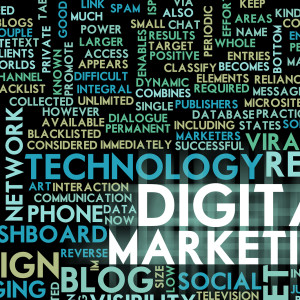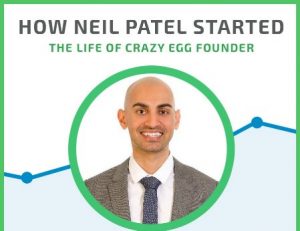
Digital ad spending is soaring, with estimates of spending in the retail industry hitting $ 19.98 billion by 2019. And that’s just the retail sector. The telecom and computing industry is expected to spend over $ 11 billion this year on digital ads, too.
Major companies stay on top of advancements in advertising because billions are at stake.
Smaller advertisers and businesses can’t afford to make mistakes along the way. You need to be able to put food on the table and boost sales, and ad changes need to be part of your daily routine. If a new format is introduced, it can mean higher conversion rates and other ad units that once worked well now underperforming.
Two major ad changes happened within the last week that may have gone under your radar:
1. Facebook Live Testing Mid-Roll Ads
Facebook Live is a fun and exciting way to talk to your audience live and on camera. Demonstrate how your new product works, talk to friends and clients, and do it all through the Live platform. Facebook has been good at advancing features and continues to innovate, and one feature that is being tested is mid-roll ads.
No one knows for sure if these ads will get through the testing phase.
An interesting tidbit is that no one knows how Facebook will make money off of Facebook Live. Mid-roll ads may work with pre-taped videos, but imagine being live and introducing your major product announcement only to have a 15-second ad cut in and disrupt the entire event.
It doesn’t seem logical or feasible.
There is also the question of whether the live feed will cut out or continue to play. Some publishers that have tested the platform say that it’s like a commercial break mid-stream. The issue is that breaking news events may be interrupted to advertise something irrelevant, which doesn’t seem logical.
Pre-taped videos would be a logical fit for the technology, but it’s still in the development phase and too early to tell what this will mean for advertisers of the Live platform.
If the platform comes to fruition and is offered to all publishers, this can mean:
- Highly targeted ads that are directly in view of the viewer.
- Higher click-through rates if the ads are shown mid-roll.
It’s the perfect opportunity to circumvent ad blindness on Facebook, but it will be an expensive move for smaller publishers, too. Video ad creation is more expensive than standard text and banner ads, and this may make it easier for larger competitors to place ads on your Live video.
2. Twitter Instant Unlock Card
Twitter’s Instant Unlock Card is not something to speculate about: it’s available to all advertisers right now. This feature is a way to extend your brand’s reach through a new and exciting advertising platform.
Why is Instant Unlock Card important?
Users are encouraged to take action and join the conversation. Twitter introduced conversational ads earlier in the year, and these, too, have now been unlocked for all advertisers.
Here’s how it works:
- Users will see an ad with a call-to-action.
- Users are rewarded for taking action.
A good example of this (hypothetical of course) would be The Rock promoting his Ballers show to fans. He may offer an exclusive inside peek into the production process, and for you to be allowed to view this content, you may have to retweet the offer with a specific hashtag.
Once the action is taken, the video would be unlocked.
The Ads dashboard will show you all of the metrics relating to the ad so that you can see how well it’s performing for you.
The feature was in beta testing, with only big brands allow to use the feature initially. The results were impressive:
- Brands paid for 100 impressions and received 34 free impressions
Coca-Cola and Marvel used the Instant Unlock Card to drive conversions, and your brand can do the same.
These two new ad updates point to one glaring change businesses will need to do to stay relevant going forward: invest in video. Traditional image and text ads will still remain, but the brands able to offer video ads will be at the forefront of the advertising industry, allowing their message to be heard by consumers in a new, interactive way.
Digital & Social Articles on Business 2 Community(4)







